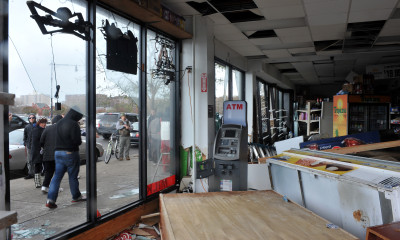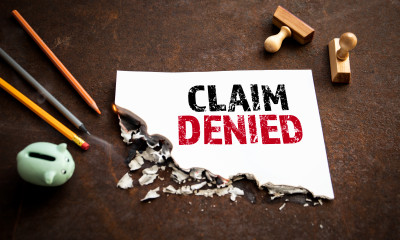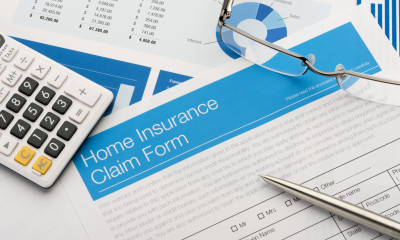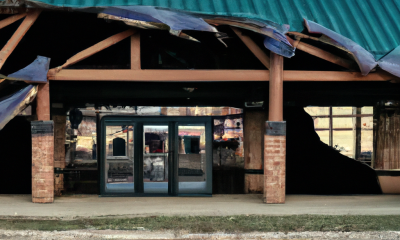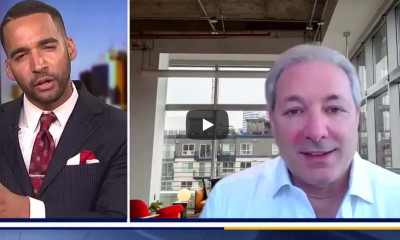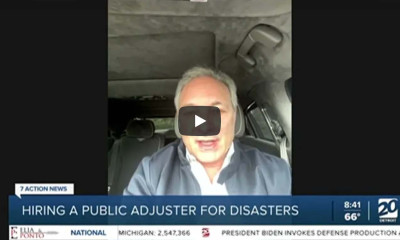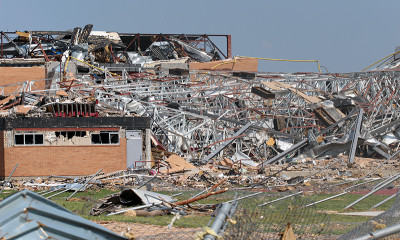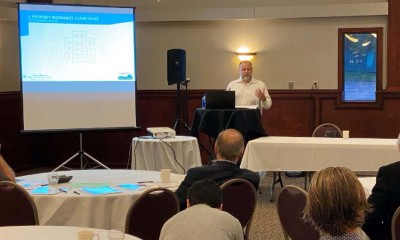COVID-19 Vacancy Alert: Property Owners Must Take Immediate Action to Protect Their Holdings
To view/download this blog in PDF format, click here.
The vacancy rate in commercial buildings is increasing and will continue to increase as the full economic impact of the COVID-19 pandemic continues to unfold. As a result, building owners and managers are at greater risk of suffering uninsured, or underinsured, damage to the properties in their portfolio. As a property owner, manager, or a trusted advisor, such as an attorney, agent, or CPA; you need to be aware of the potential need for immediate action to protect and properly insure these properties to prevent further financial losses.
Most commercial building owners and managers are not aware that property is considered “vacant” in most insurance policies unless at least 31% of its total square footage is rented and being used for customary operations or used by the building owner for customary operations. When a building is considered “vacant” by the insurance company for more than 60 days, many coverages no longer apply or are limited. Many partially occupied buildings may soon breach, or have already breached, this 31% threshold as a result of COVID-19. This article will discuss the increased risk and recommendations for actions that should be taken immediately to protect properties which fall below the 31% threshold.
Anticipated Increased Vacancies
According to FEMA it is estimated that 40 to 60 percent of small businesses never reopen following a disaster. Typically, this refers to fires, floods, hurricanes, etc. While the full impact of COVID-19 and the related stay at home orders are still unknown, the impact on small businesses will likely be similar to other disasters, and possibly worse. One of the reasons most small businesses fail following a disaster is that they do not have sufficient insurance to rebuild. Although businesses impacted by COIVD-19 may not have to incur any cost for the cost for physically rebuilding or replacing property; they will bear the full brunt of the lost income since most insurance policies will not pay for lost income resulting from a virus. As such, most small businesses are suffering greatly and, unfortunately, many will not survive these shutdowns. As these businesses close, many buildings will fall below the 31% insurance policy threshold for vacancy.
Increased Risk
Vacant properties are at an increased risk for suffering substantial property damage. Some of the primary causes of damage to vacant properties are fire, water, vandalism, theft, weather related damage, and mold. As these properties are often not routinely inspected, small issues can go undetected resulting in much larger losses later. According to a report by the National Fire Protection Association fires in vacant structures result in approximately $642 million dollars in damage each year. And 50% of vacant building fires are intentionally set,[1] further demonstrating the increased risk.
What Happens to Insurance Coverage When a Building Becomes “Vacant”?
Standard commercial policies contain a vacancy clause that limits coverage for “vacant” buildings. These policies consider a building vacant unless at least 31% of its total square footage is rented to a lessee or sublessee and used by the lessee or sublessee to conduct its customary operations and/or is used by the building owner to conduct customary operations. It should be noted that buildings under construction or renovation are not considered vacant.
Once an insured building is considered vacant for more than 60 consecutive days most polices exclude coverage for the following causes of loss:
- Vandalism;
- Sprinkler leakage (unless the system was protected against freezing)
- Building glass breakage;
- Water damage;
- Theft; or
- Attempted theft.
Therefore, if the property is damaged by any of the above during the time it is “vacant” the insurance will not pay for any loss or damage. Even if the damage is the result of a covered cause of loss, such as fire, the policy provides a penalty that will reduce the amount otherwise payable by 15%.
Caveat; some policies may exclude all losses if a building becomes vacant.
Protective Safeguard Endorsements
Separate from the vacancy endorsement, many polices contain what is referred to as a protective safeguard endorsement. Some policies call this a “Warranties” endorsement. Either way, these endorsements set forth very specific obligations that the insured must comply with as a condition of coverage. Failure to comply may void the policy completely.
Some examples of these safeguards, or warranties, of particular concern for vacant properties include requirements that buildings:
- Have Watchmen and/or Caretakers;
- Are “locked and secured”;
- Maintain heat at specific minimum temperatures;
- Maintain monitored alarm system.
- Maintain sprinkler systems.
Again, failure to comply with these provisions may void a policy completely, even if the owner is unaware that this endorsement exists or that they are out of compliance.
How Do You Protect Your Property If It Becomes “Vacant?”
Policy Review: Building owners and managers should review their policies thoroughly to determine if there are limitations or exclusions for vacancy or other protective safeguard or warranty endorsements that may apply if the building becomes vacant or warranties are breached. Most insureds are not aware of these limitations and exclusions in their policy.
It is also recommended that building owners and managers discuss vacancy and protective safeguard coverage concerns with an insurance professional.
Vacancy Permit: Perhaps the most important step a building owner or manager can do is to purchase a “Vacancy Permit.” This endorsement will typically suspend some or all of the policy restrictions when the property is vacant for more than 60 days. Building owners and managers should discuss these endorsement options with an insurance professional.
Protect the Property: As properties lose tenants and become partially or completely vacant, building owners and managers should take extra precautions to make sure the buildings are protected. There are numerous actions that can be taken to protect properties. The full extent of the actions that should be taken are beyond the scope of this article.
For additional information on actions that may be taken to protect a vacant building from damage I recommend reviewing the following white paper prepared by Zurich North America.
Conclusion
Building owners and managers must review their insurance policies now and speak with an insurance professional to make sure they have a complete understanding of what is and what is not covered under their policy in the event a property becomes “vacant.” Owners and managers should closely monitor the vacancy rate at their properties and if they are in danger of becoming “vacant” as defined in their insurance policies, take all steps to acquire the appropriate coverage. Finally, owners and managers must thoroughly research and then implement appropriate actions to protect their properties from damage.
To view/download this blog in PDF format, click here.
[1] Fires in Vacant Buildings 2/18, NFPA Research Quincy, MA, Marty Ahrens


